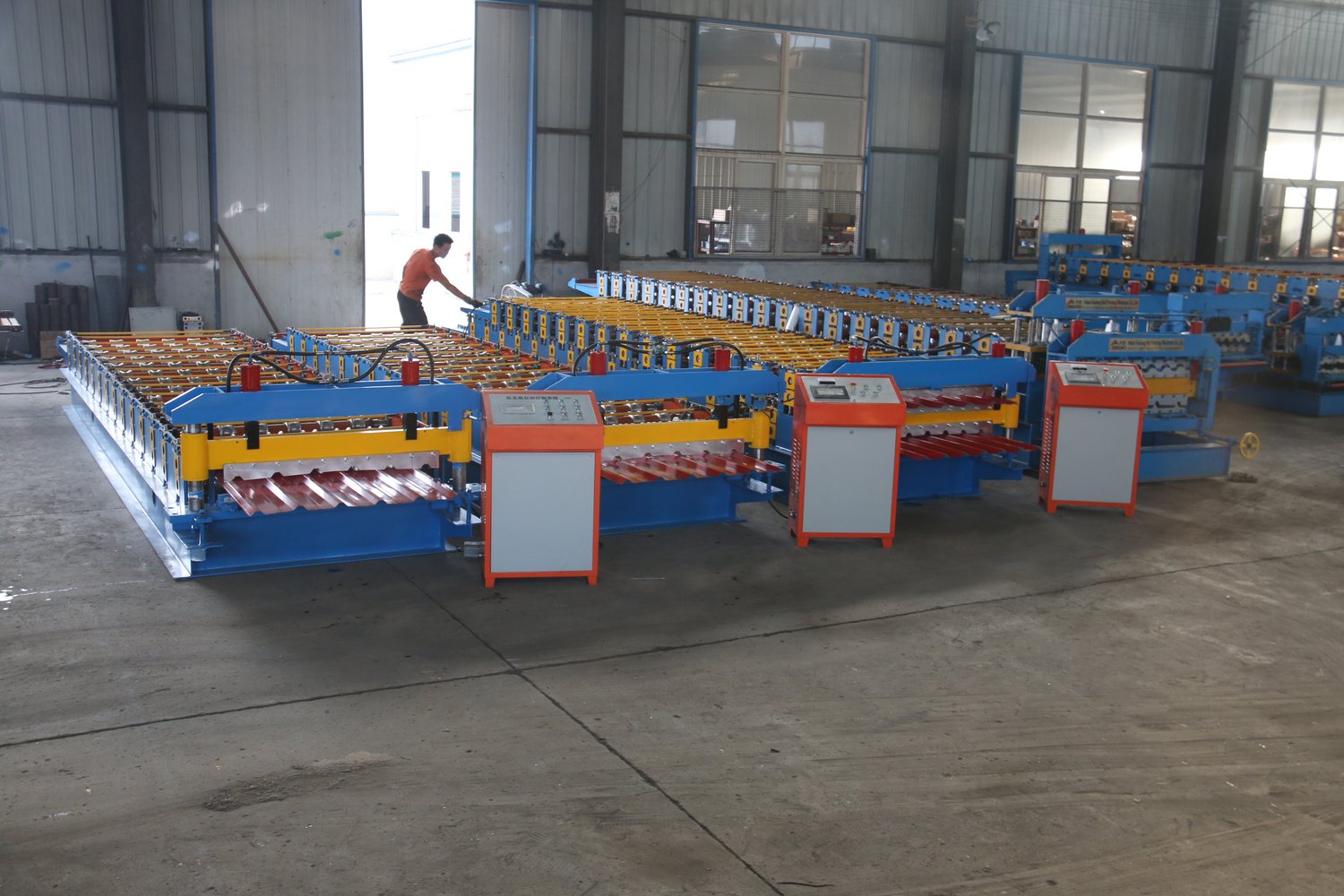Introduction
The sheet metal rolling machine is a valuable tool used in various industries for shaping and forming sheet metal. It allows for precise bending and rolling of metal sheets, making it an essential machine for metalworkers, fabricators, and manufacturers. In this article, we will provide a comprehensive guide on how to use a sheet metal rolling machine effectively and safely.
1. Understanding the Sheet Metal Rolling Machine
Before diving into the operational aspects, it is important to have a basic understanding of the sheet metal rolling machine. It consists of three main components: the machine frame, the roller system, and the control panel. The machine frame provides stability and support, while the roller system allows for the movement and bending of the metal sheet. The control panel enables the operator to control the machine's speed, direction, and other parameters.
2. Preparing the Machine for Use
Prior to using the sheet metal rolling machine, it is crucial to prepare it properly. Begin by inspecting the machine for any signs of damage or abnormalities. Ensure that all safety features, such as emergency stop buttons and safety guards, are in place and functioning correctly. Lubricate the moving parts and check the alignment of the rollers. Additionally, make sure the machine is connected to a reliable power source and that all electrical connections are secure.
3. Selecting the Right Metal Sheet of a Sheet Metal Rolling Machine
Choosing the appropriate metal sheet is essential for successful rolling. Consider factors such as the type of metal, its thickness, and its intended application. Different metals have varying levels of malleability and require specific rolling techniques. Take note of the sheet's width and length, ensuring they are within the machine's capacity. It is also advisable to clean the metal sheet thoroughly to remove any dirt, grease, or rust that may hinder the rolling process.
4. Adjusting the Machine Settings
Once the machine and metal sheet are ready, it is necessary to adjust the machine settings to achieve the desired outcome. Begin by setting the appropriate roller gap, which determines the bending radius. Smaller gaps result in tighter curves, while larger gaps create more gradual bends. Adjust the roller speed based on the metal's thickness and the desired rolling speed. Additionally, set the direction of rotation, considering factors such as the metal's grain direction and the desired curvature.
5. Feeding the Metal Sheet of a Sheet Metal Rolling Machine
Feeding the metal sheet into the rolling machine requires careful handling to prevent damage and ensure accurate results. Position the sheet between the rollers, aligning it with the desired starting point of the bend. Use the machine's control panel to engage the rollers slowly, allowing the metal sheet to pass through smoothly. Apply steady and even pressure to guide the sheet through the rollers, taking care to avoid sudden movements that could cause misalignment or distortion.
6. Monitoring the Rolling Process of a Sheet Metal Rolling Machine
While the machine is in operation, it is crucial to monitor the rolling process closely. Observe the metal sheet as it passes through the rollers, checking for any signs of misalignment, slippage, or excessive resistance. Adjust the machine settings if necessary to ensure the desired curvature is achieved. Pay attention to any unusual noises or vibrations, as these may indicate issues with the machine or the metal sheet.
7. Inspecting the Rolled Metal Sheet
Once the rolling process is complete, carefully inspect the rolled metal sheet for any defects or imperfections. Check the curvature, ensuring it matches the desired specifications. Examine the edges for any signs of unevenness or sharpness. Inspect the surface for scratches, dents, or other damages that may have occurred during the rolling process. If any issues are identified, make the necessary adjustments and rerun the metal sheet through the rolling machine.
8. Post-Rolling Finishing and Cleaning of a Sheet Metal Rolling Machine
After rolling the metal sheet, it is common to perform post-rolling finishing and cleaning processes. This may involve trimming the excess material, removing burrs or sharp edges, and applying surface treatments such as painting or coating. Use appropriate tools and techniques for these tasks, ensuring the final product meets the required standards. Additionally, clean the rolling machine thoroughly, removing any debris or metal particles that may have accumulated during the rolling process.
9. Maintenance and Safety Considerations
Regular maintenance is crucial to ensure the sheet metal rolling machine's optimal performance and longevity. Follow the manufacturer's guidelines for routine maintenance tasks, such as lubrication, belt tension adjustment, and roller realignment. Keep the machine clean and free from dust, dirt, and other contaminants. Adhere to all safety protocols and guidelines, wearing appropriate personal protective equipment (PPE) and using safety devices as required.
10. Conclusion
Using a sheet metal rolling machine can be a complex process, but with proper understanding and adherence to safety guidelines, it becomes an invaluable tool for shaping and forming metal sheets. By following the steps outlined in this comprehensive guide, operators can effectively utilize the sheet metal rolling machine to achieve precise and accurate results in various metalworking applications.

